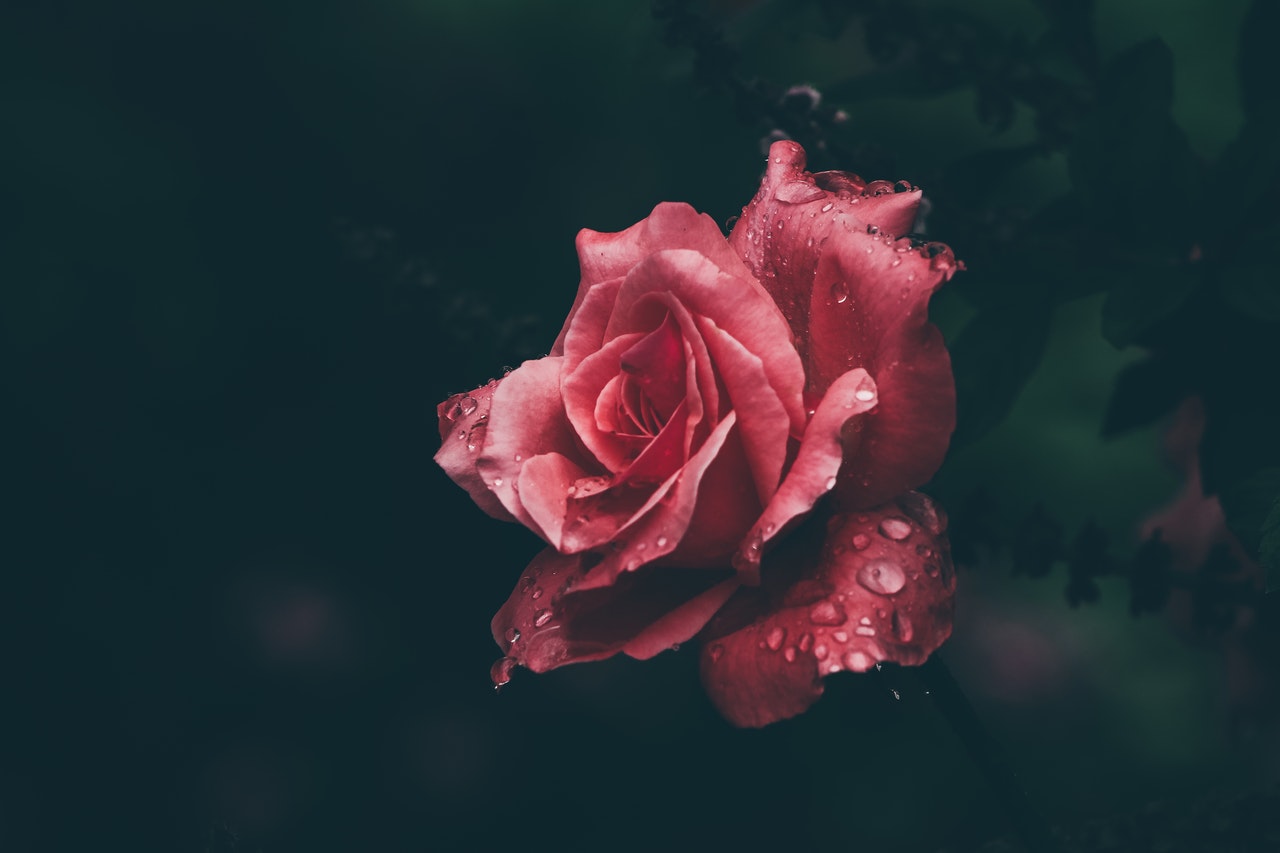You spent over seven years documenting the images for your work. Tell us more about the process.
It’s important to note that I photographed all these interior spaces in Singapore without ever having to talk to the owners of these spaces. Therefore, it is not a project buried under administration and negotiation. I wanted a system of collecting, which is much more like stealing something, in this case, stealing a moment of a publicly accessible interior space in Singapore surprisingly devoid of people.
Briefly describe what the project is about.
It can be viewed in its entirety as a novel about interior spaces as well as an historical and imaginary fictional document of interior spaces. It also relates to how we can place ourselves in a narrative. I think this is important for all Singaporeans, which they need to construct their own idea of what stories they want to have in order to imagine for ourselves: A home.
Conceptualism and a certain sense of absurdity are common themes in your oeuvre, why do you choose to delve into those spheres?
It’s not so much about f*cking around with people’s impression of art as much as trying to introduce different points of view about how to see art. I think people need to discard this perception of conceptual art as an easy import from Western societies, to discard this whole East-West binary of seeing things. There’s nothing easy about conceptualism. It is a practice that requires absolute concentration and precision to execute. It’s about placing something at the right time, at the right place so that one can have a new insight.
Calendars 2020-2096 runs through January 29 2012 at NUS Museums





